Cellular transport is a fundamental process for all living organisms. It ensures that cells can receive essential nutrients, eliminate waste products, and maintain a stable internal environment (homeostasis). Understanding the different mechanisms of cellular transport, including both passive and active transport, is crucial in biology and life sciences. Students often encounter worksheets and quizzes to test their knowledge on this topic. Many search online for “Cellular Transport Worksheet Answers” to help them study and reinforce their understanding. This post aims to provide those answers while also offering explanations and context for a more comprehensive learning experience.
Understanding Cellular Transport
Before diving into the answers to a typical cellular transport worksheet, it’s essential to grasp the core concepts. Cellular transport primarily occurs through two main categories: passive transport and active transport.
- Passive Transport: This type of transport does not require the cell to expend energy (ATP). Substances move across the cell membrane down their concentration gradient, from an area of high concentration to an area of low concentration. Examples include:
- Simple Diffusion: The movement of molecules directly across the cell membrane, driven by the concentration gradient. Examples include gases like oxygen and carbon dioxide.
- Facilitated Diffusion: The movement of molecules across the cell membrane with the help of transport proteins (channel or carrier proteins). Still, no energy is required because the movement is down the concentration gradient. Examples include glucose and amino acids.
- Osmosis: The movement of water across a semi-permeable membrane from an area of high water concentration (low solute concentration) to an area of low water concentration (high solute concentration).
- Primary Active Transport: Directly uses ATP to move substances. An example is the sodium-potassium pump, which maintains ion gradients across the cell membrane.
- Secondary Active Transport: Uses the energy stored in the electrochemical gradient of one substance to move another substance against its concentration gradient. It can be symport (both substances move in the same direction) or antiport (substances move in opposite directions).
- Bulk Transport: Transports large particles or large quantities of substances across the cell membrane. Includes:
- Endocytosis: The process by which cells engulf substances from their surroundings. Includes phagocytosis (cell eating), pinocytosis (cell drinking), and receptor-mediated endocytosis.
- Exocytosis: The process by which cells release substances to their surroundings. Vesicles containing the substances fuse with the cell membrane and release their contents.
Cellular Transport Worksheet Answers
Here’s a list of possible answers to common questions found in cellular transport worksheets. Note that the exact questions and wording may vary, but these answers should provide a helpful guide. Remember to understand the *why* behind each answer, not just memorize it.
-
Q1: What is the difference between passive and active transport?
- A: Passive transport does not require energy, while active transport requires energy (ATP). Passive transport moves substances down the concentration gradient, while active transport moves substances against the concentration gradient.
-
Q2: Describe the process of diffusion.
- A: Diffusion is the movement of molecules from an area of high concentration to an area of low concentration until equilibrium is reached. It is driven by the kinetic energy of the molecules.
-
Q3: Explain osmosis and its importance in cells.
- A: Osmosis is the movement of water across a semi-permeable membrane from an area of high water concentration (low solute concentration) to an area of low water concentration (high solute concentration). It’s crucial for maintaining cell volume and preventing cells from shrinking or bursting.
-
Q4: What is facilitated diffusion and how does it differ from simple diffusion?
- A: Facilitated diffusion is the movement of molecules across the cell membrane with the help of transport proteins (channel or carrier proteins). Simple diffusion occurs directly across the membrane without the assistance of proteins. Both are forms of passive transport.
-
Q5: Describe the sodium-potassium pump and its function.
- A: The sodium-potassium pump is a type of active transport protein that uses ATP to pump three sodium ions (Na+) out of the cell and two potassium ions (K+) into the cell, both against their concentration gradients. It’s vital for maintaining the resting membrane potential and for nerve impulse transmission.
-
Q6: Explain endocytosis and exocytosis.
- A: Endocytosis is the process by which cells engulf substances from their surroundings. Exocytosis is the process by which cells release substances to their surroundings. Both involve the formation or fusion of vesicles with the cell membrane.
-
Q7: What are the different types of endocytosis?
- A: The different types of endocytosis include phagocytosis (cell eating), pinocytosis (cell drinking), and receptor-mediated endocytosis (using receptors to target specific molecules for uptake).
-
Q8: How does a cell maintain homeostasis through cellular transport?
- A: Cells maintain homeostasis by regulating the movement of substances in and out of the cell. Cellular transport mechanisms allow cells to control the internal concentrations of ions, nutrients, and waste products, ensuring optimal conditions for cellular functions.
Remember to check your textbook and lecture notes for specific definitions and examples relevant to your course. Using these answers as a starting point, research further and discuss with your classmates or teacher to solidify your understanding of cellular transport.
If you are looking for Cell Transport Worksheet Answers – Comprehensive Solutions for Biology you’ve visit to the right page. We have 22 Pictures about Cell Transport Worksheet Answers – Comprehensive Solutions for Biology like Free cellular transport and the cell cycle worksheet answers, Download, Cell Transport Worksheet Answers – Comprehensive Solutions for Biology and also Chapter 7 Section 4 Cellular Transport Worksheet Answers — db-excel.com. Here you go:
Cell Transport Worksheet Answers – Comprehensive Solutions For Biology
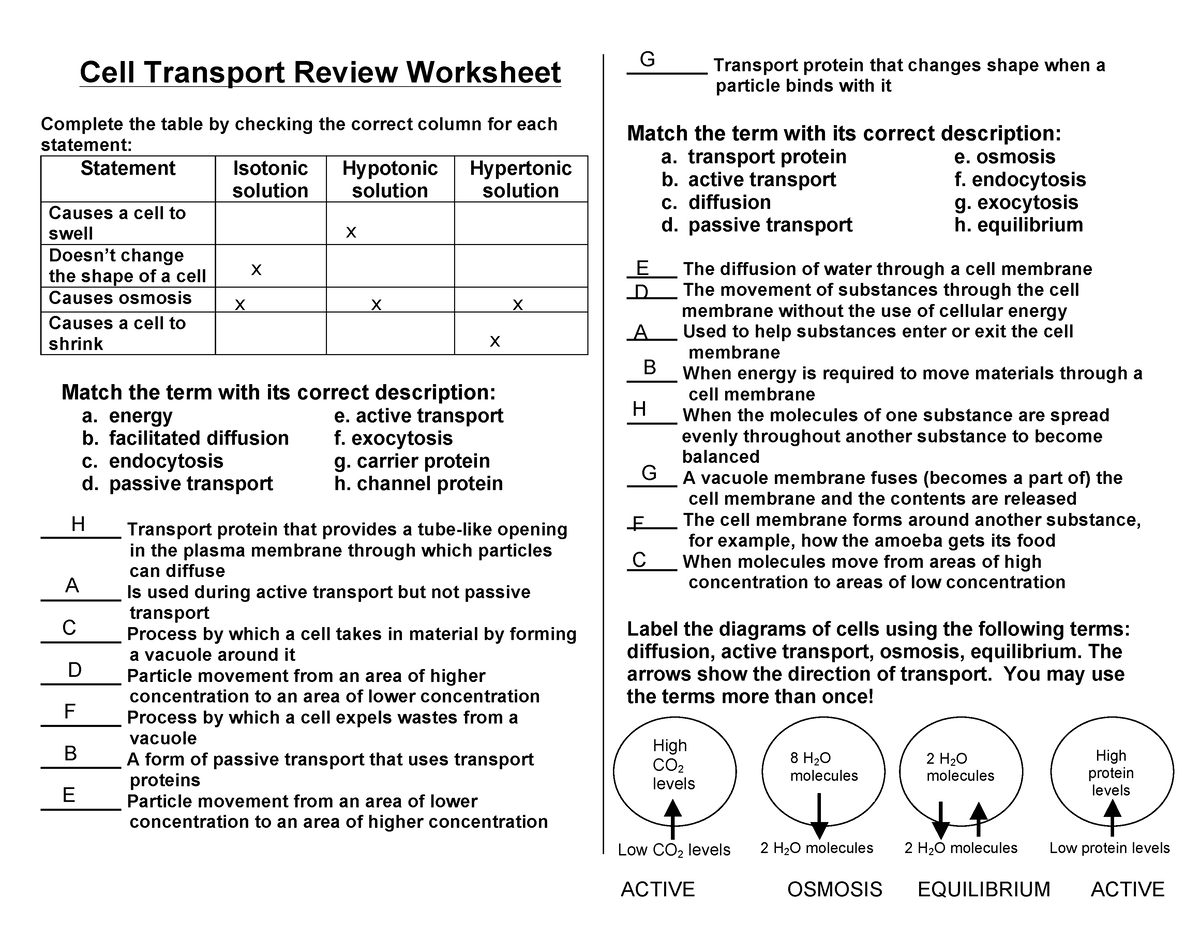
worksheets.clipart-library.com
Cellular Transport Worksheet Answer Key – Owhentheyanks.com
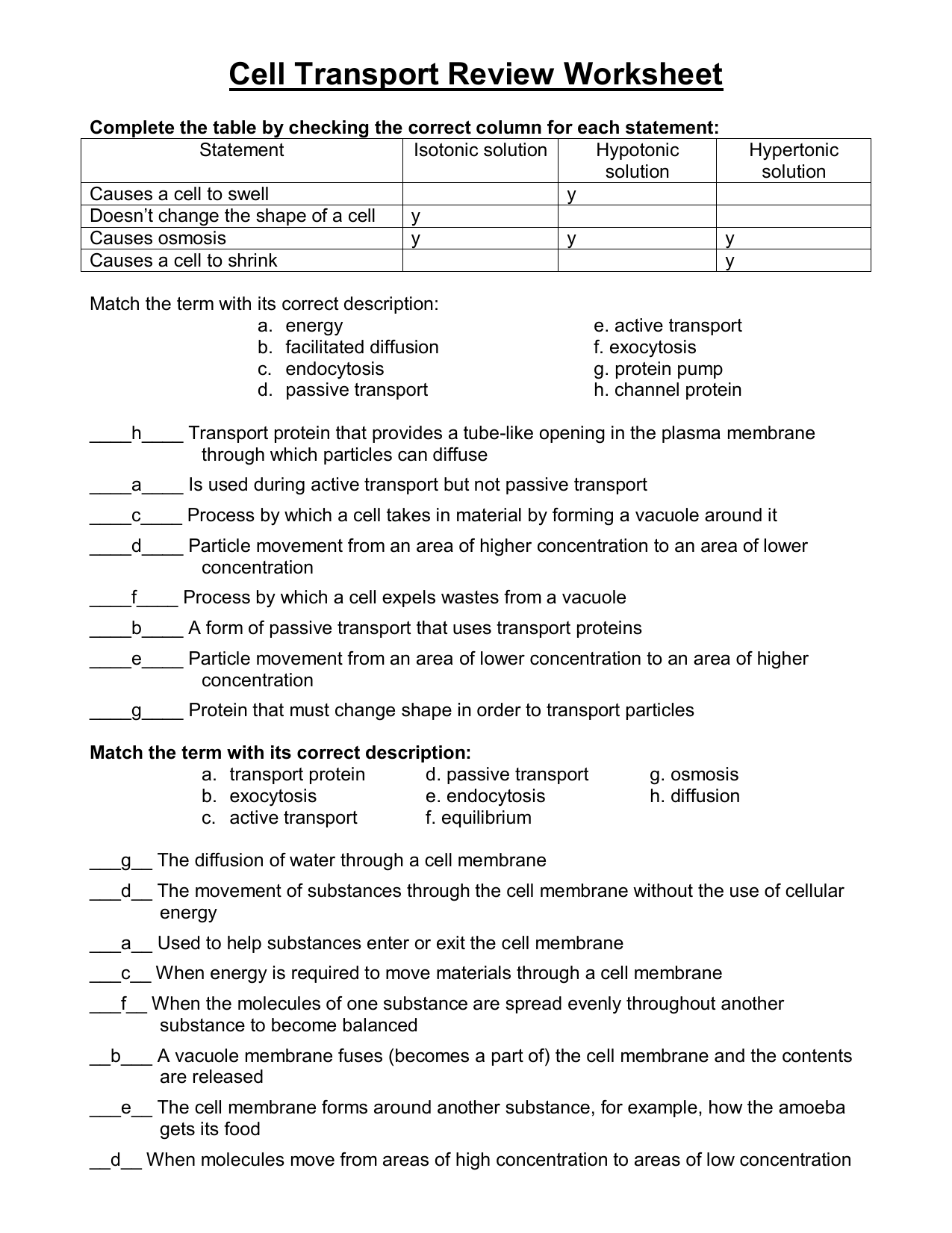
www.owhentheyanks.com
7 3 Cell Transport Worksheet Answers% – E-streetlight.com

www.e-streetlight.com
Answer KEY Cell Membrane And Cellular Transport Guided Notes – The

worksheets.clipart-library.com
Cellular Transport Worksheet – General Physics – Studocu

www.studocu.com
Cellular Transport Matching Worksheet Answers – Inspiresio
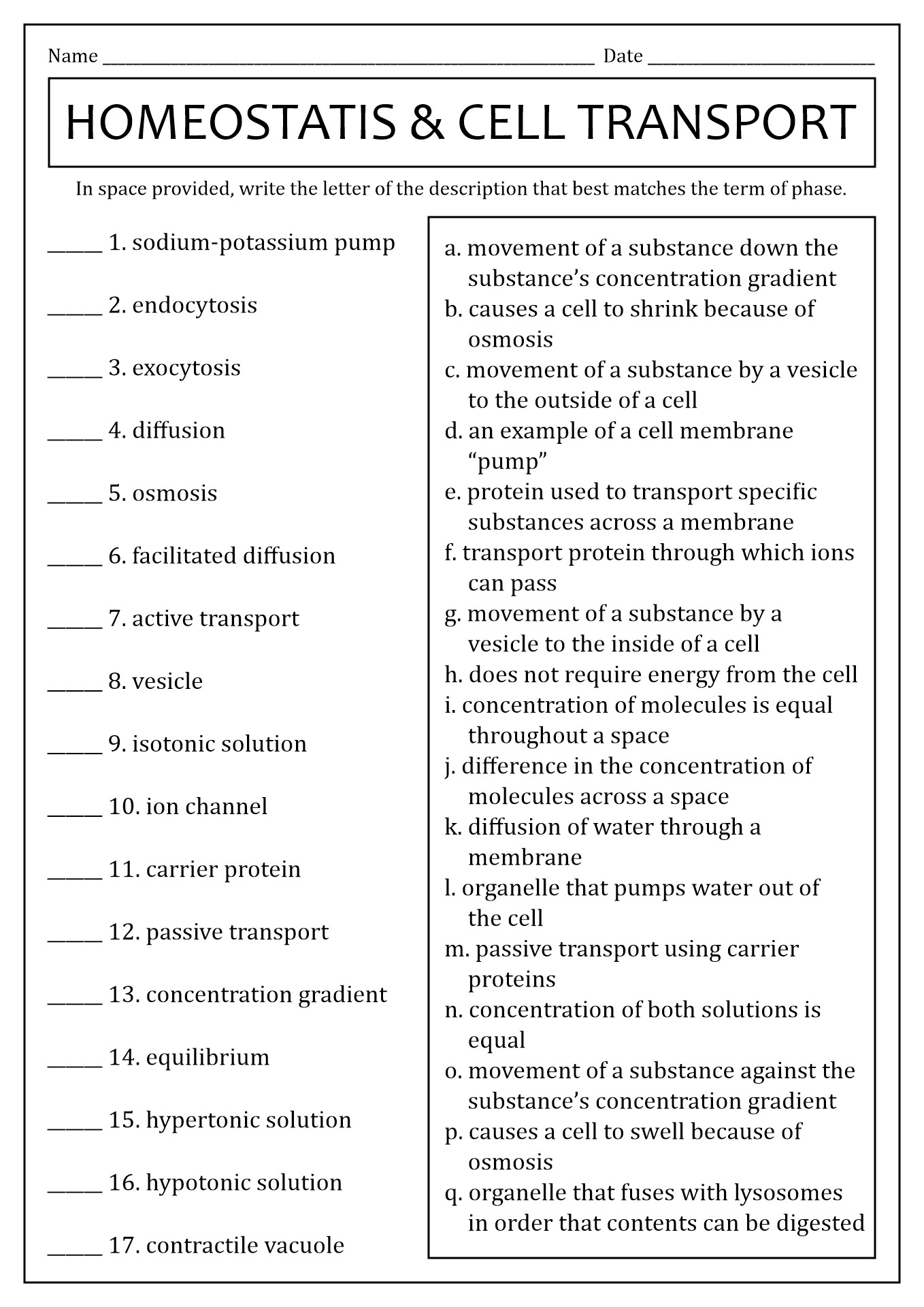
inspiresio.blogspot.com
Cellular Transport Worksheet Answers – E Street Light
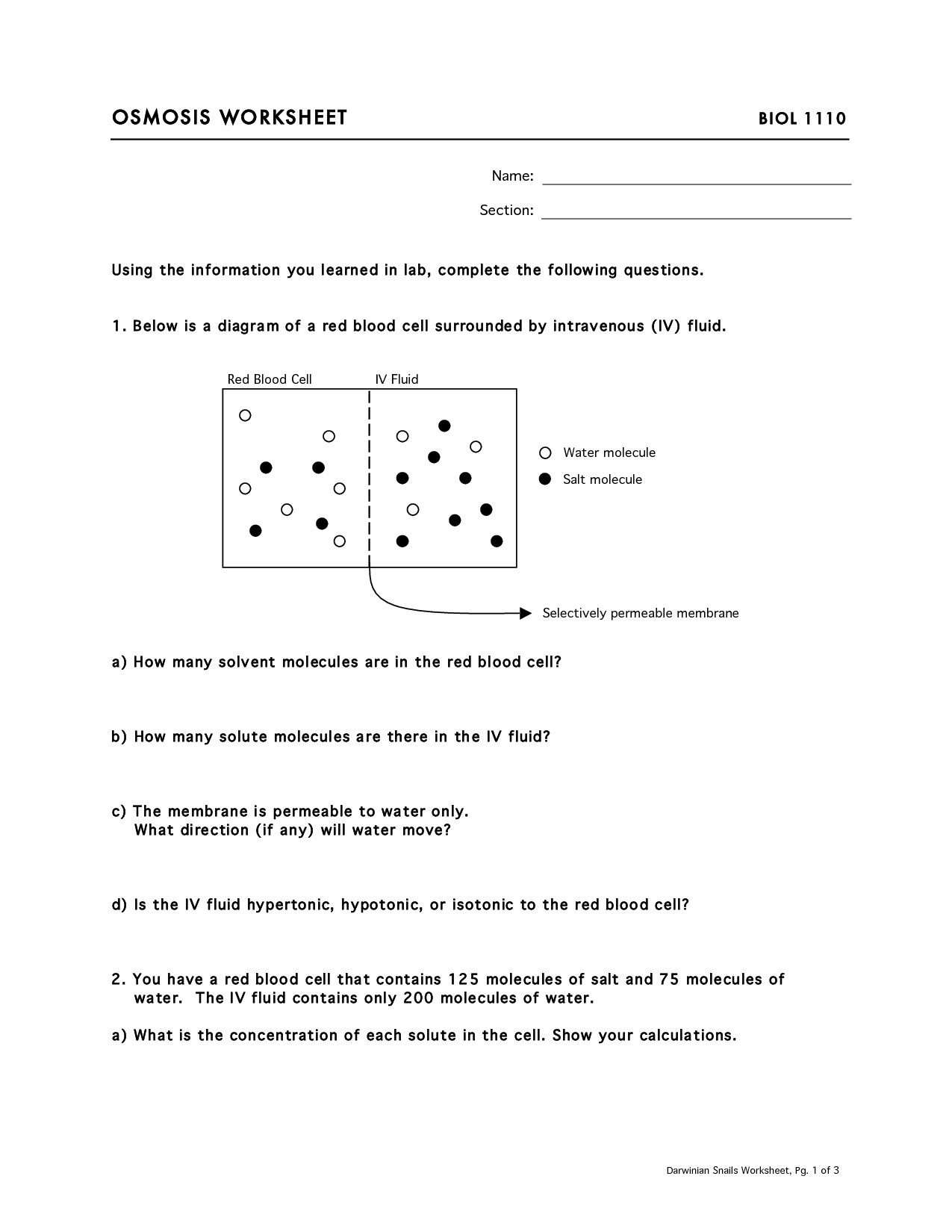
www.e-streetlight.com
Practice Types Of Cellular Transport Worksheet Answers – Printable Word
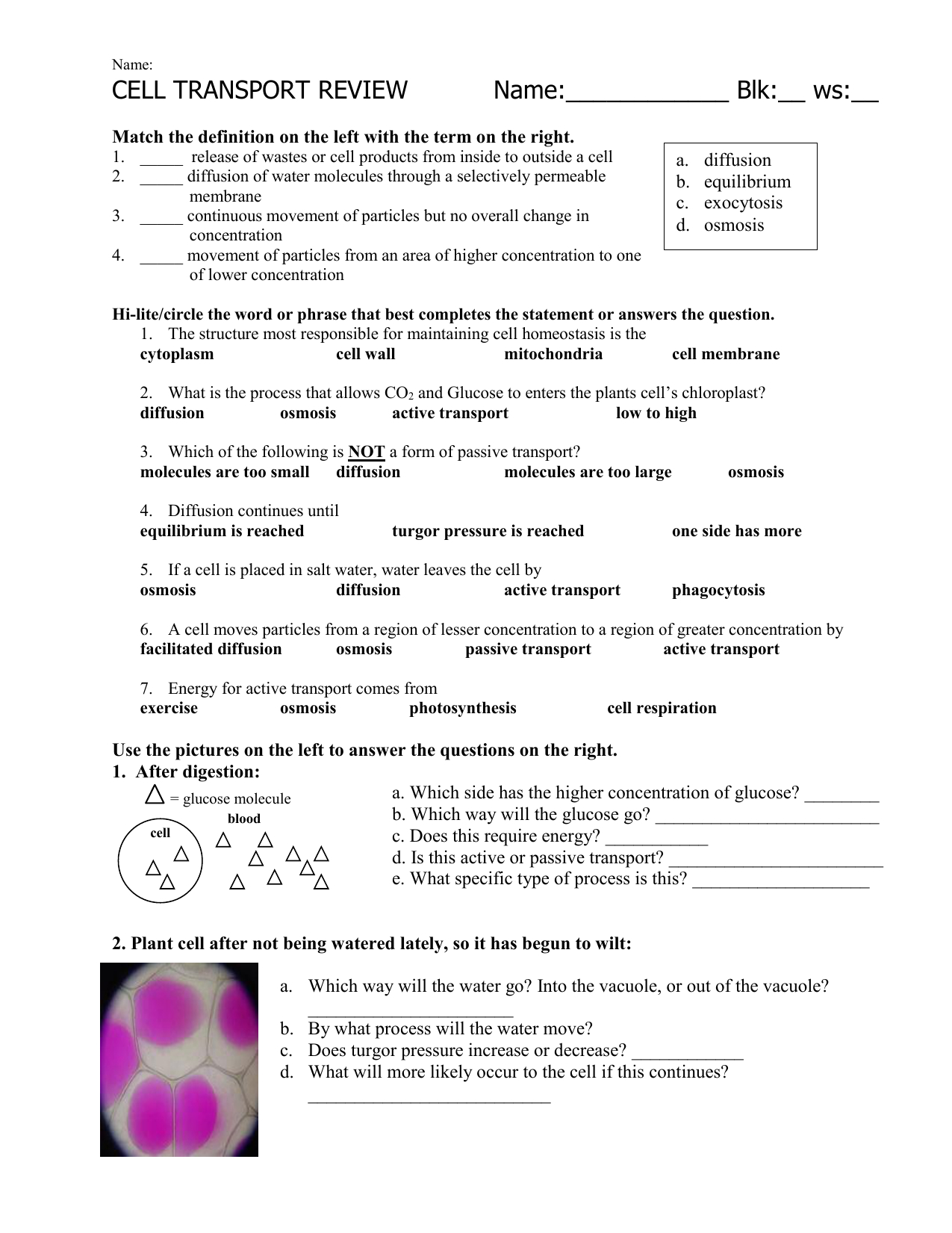
davida.davivienda.com
Chapter 7 Section 4 Cellular Transport Worksheet Answers — Db-excel.com
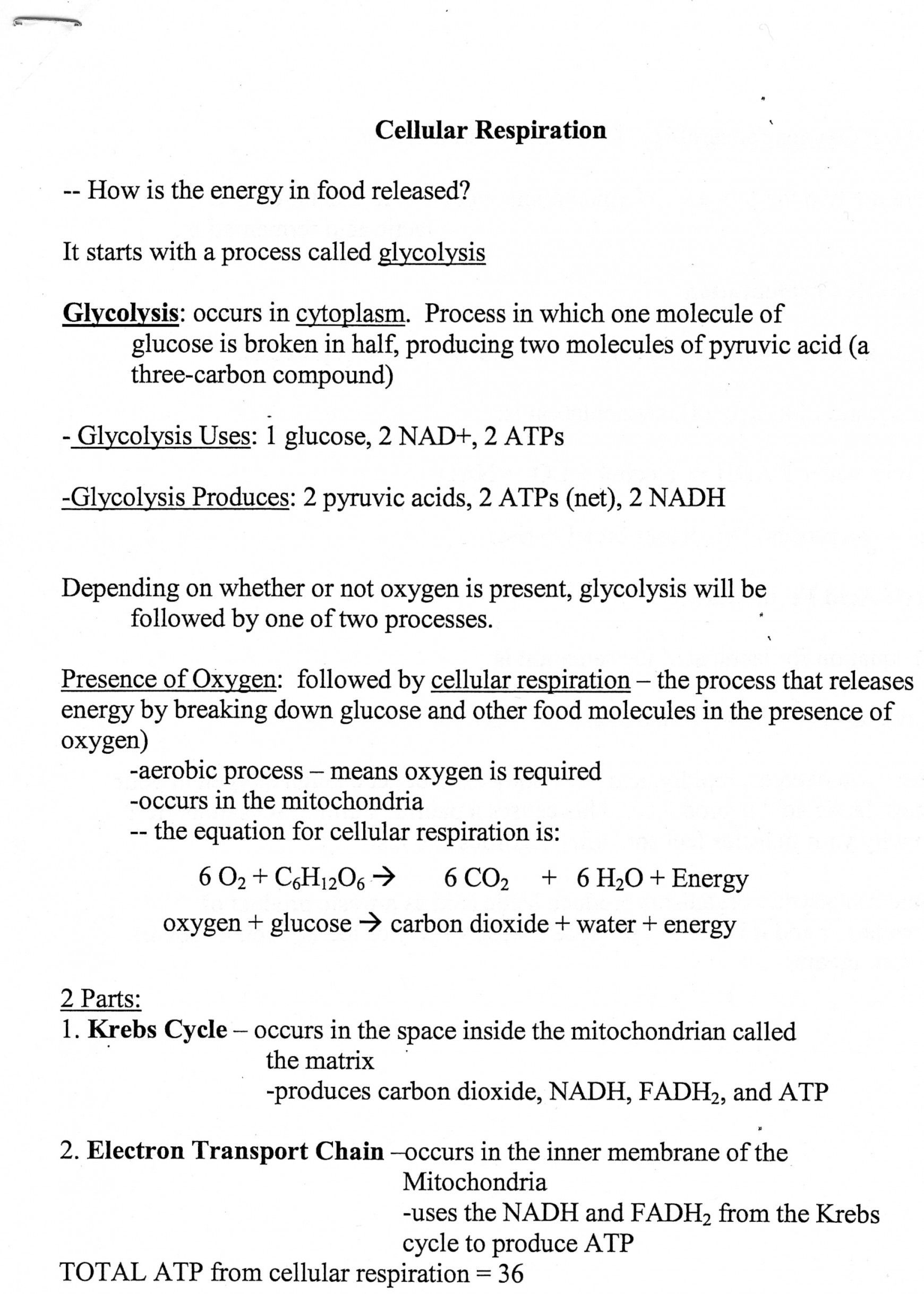
db-excel.com
Cellular Transport Worksheet Answers – E Street Light
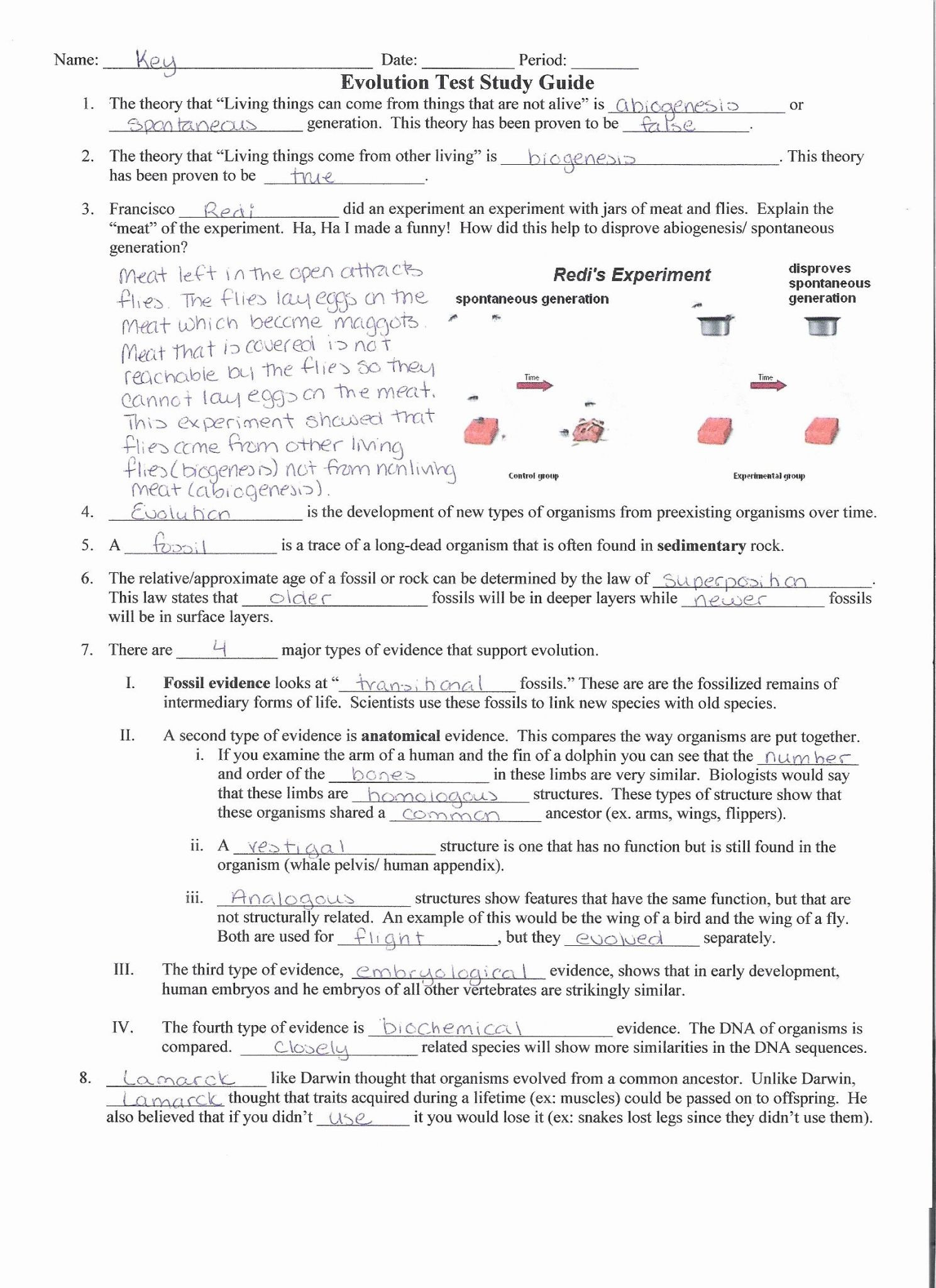
www.e-streetlight.com
Free Cellular Transport And The Cell Cycle Worksheet Answers, Download

worksheets.clipart-library.com
Cellular Transport Worksheet 1 SOLUTIONS.pdf – Kyoussef-mci – Home

worksheets.clipart-library.com
Cellular Respiration Practice Worksheet Answer Key – Inspiredeck

inspiredeck85.blogspot.com
50 Cellular Transport Worksheet Answers – Chessmuseum Template Library
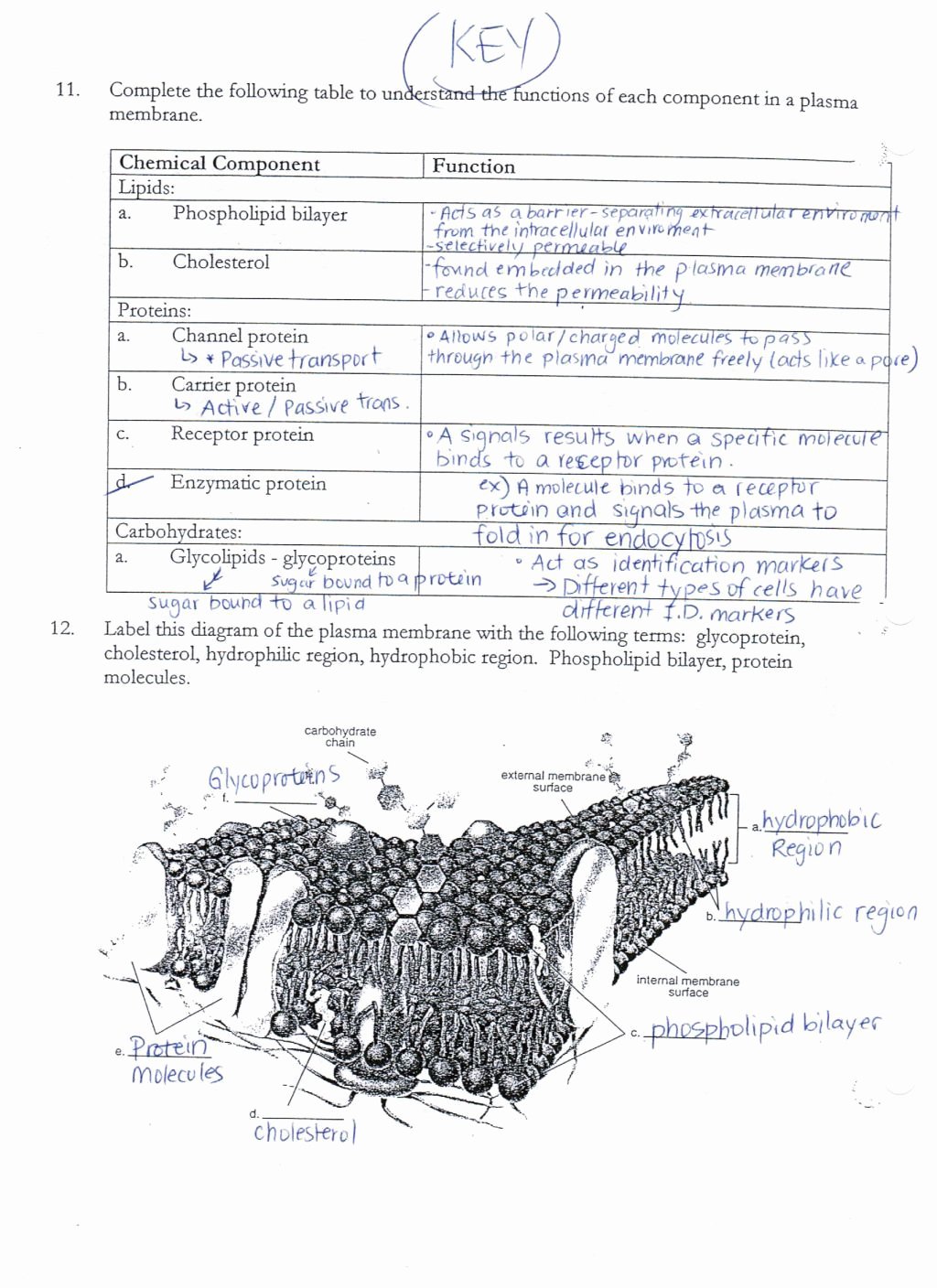
chessmuseum.org
50 Cellular Transport Worksheet Answer Key
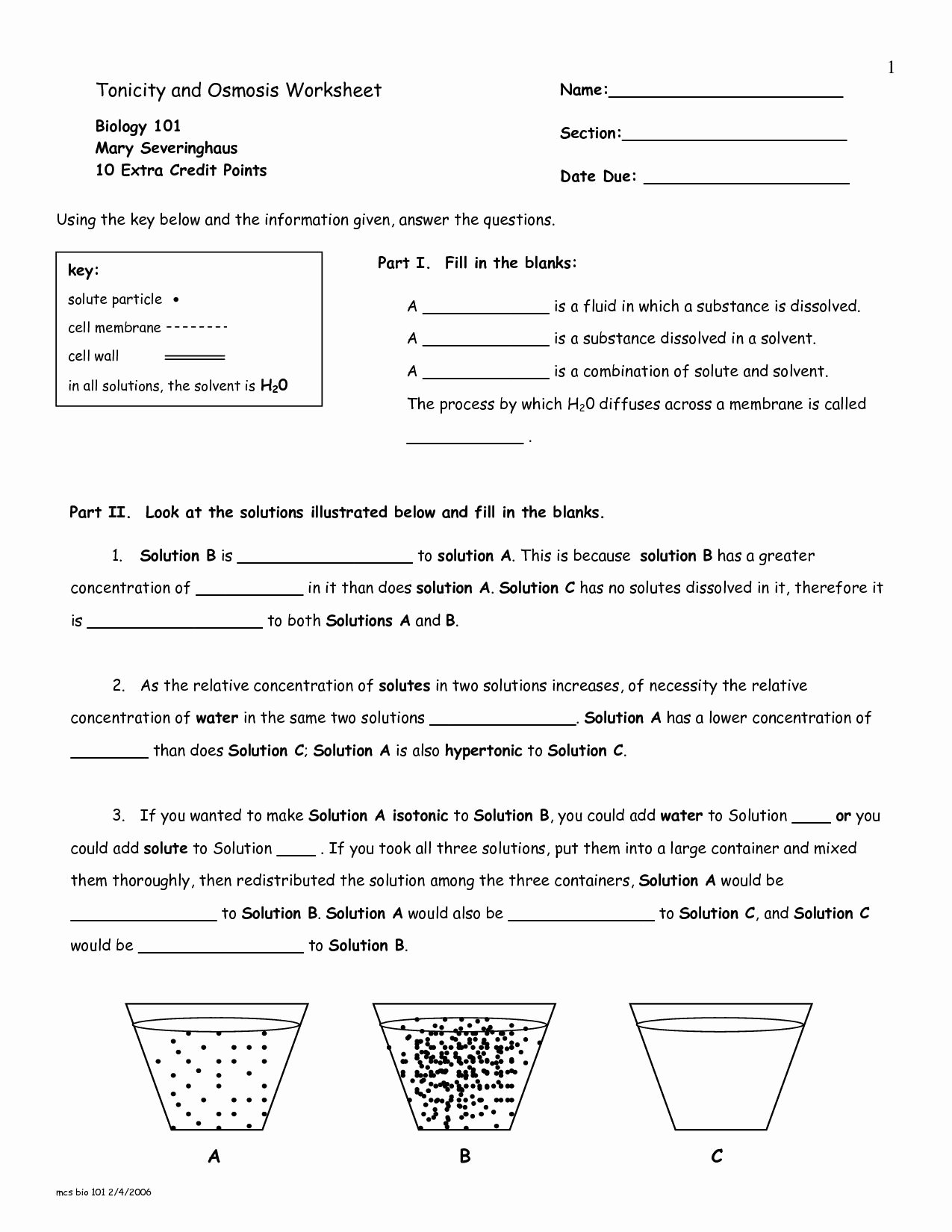
chessmuseum.org
Cellular Transport Worksheet Section A Cell Membrane Structure Answer
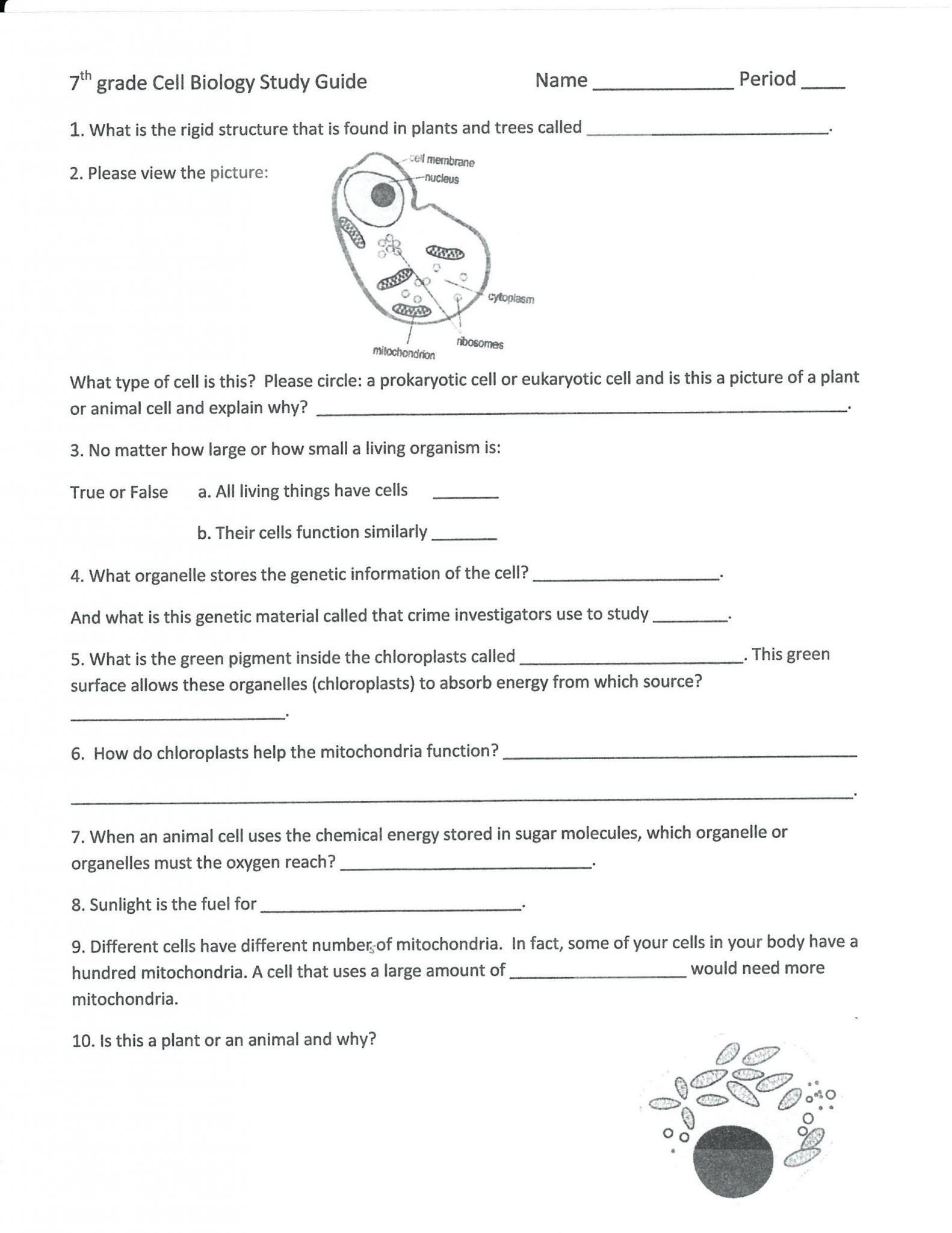
db-excel.com
Cellular Transport Worksheet Answer Key Cellular Transport Worksheet

www.scienceworksheets.net
Cellular Transport Worksheet Answer Key Cellular Transport Worksheet

www.pinterest.com
Cellular Transport Worksheet Answer Key – Owhentheyanks.com
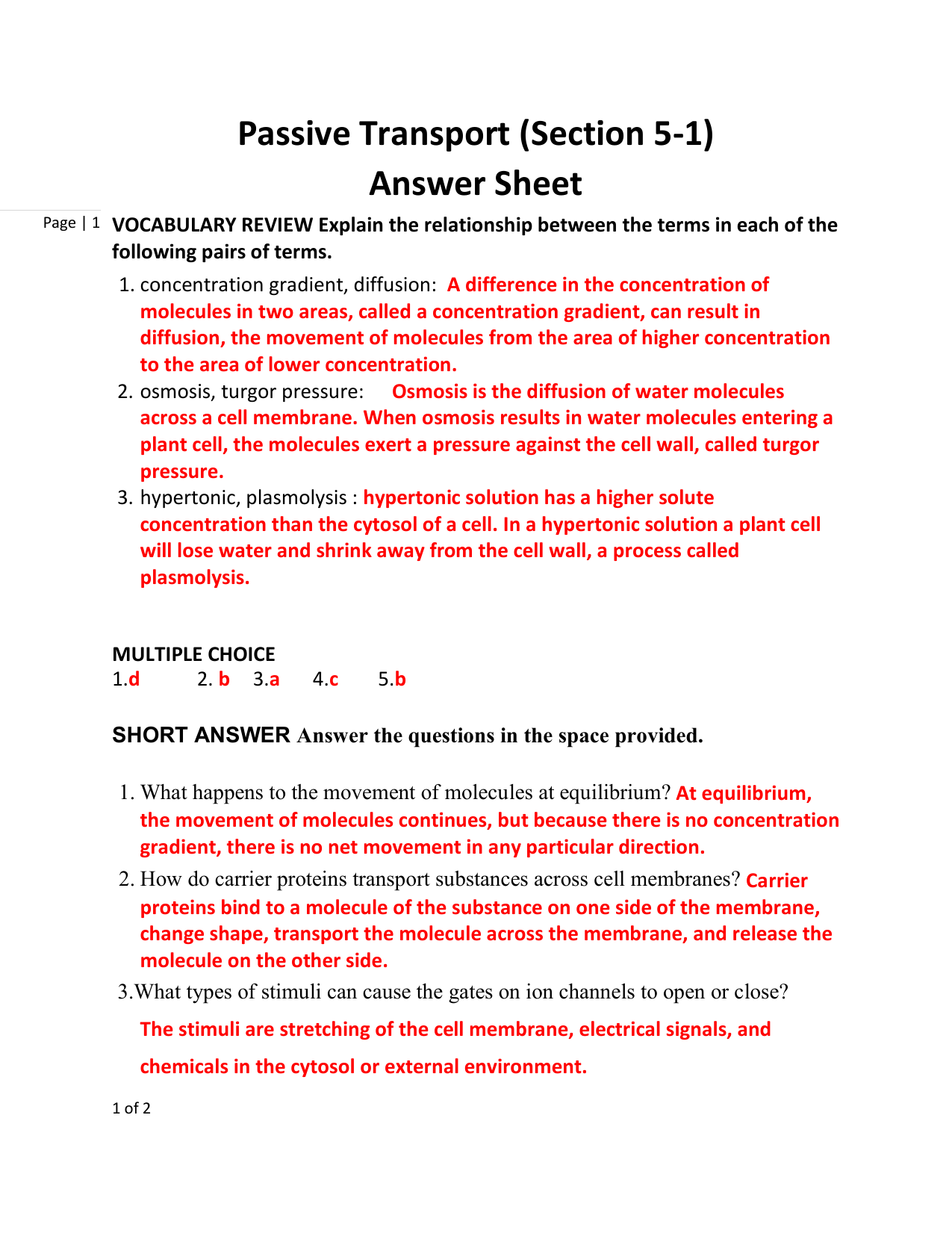
www.owhentheyanks.com
16 Diffusion Osmosis Active Transport Worksheet – Free PDF At

www.worksheeto.com
50 Cellular Transport Worksheet Answers – Chessmuseum Template Library
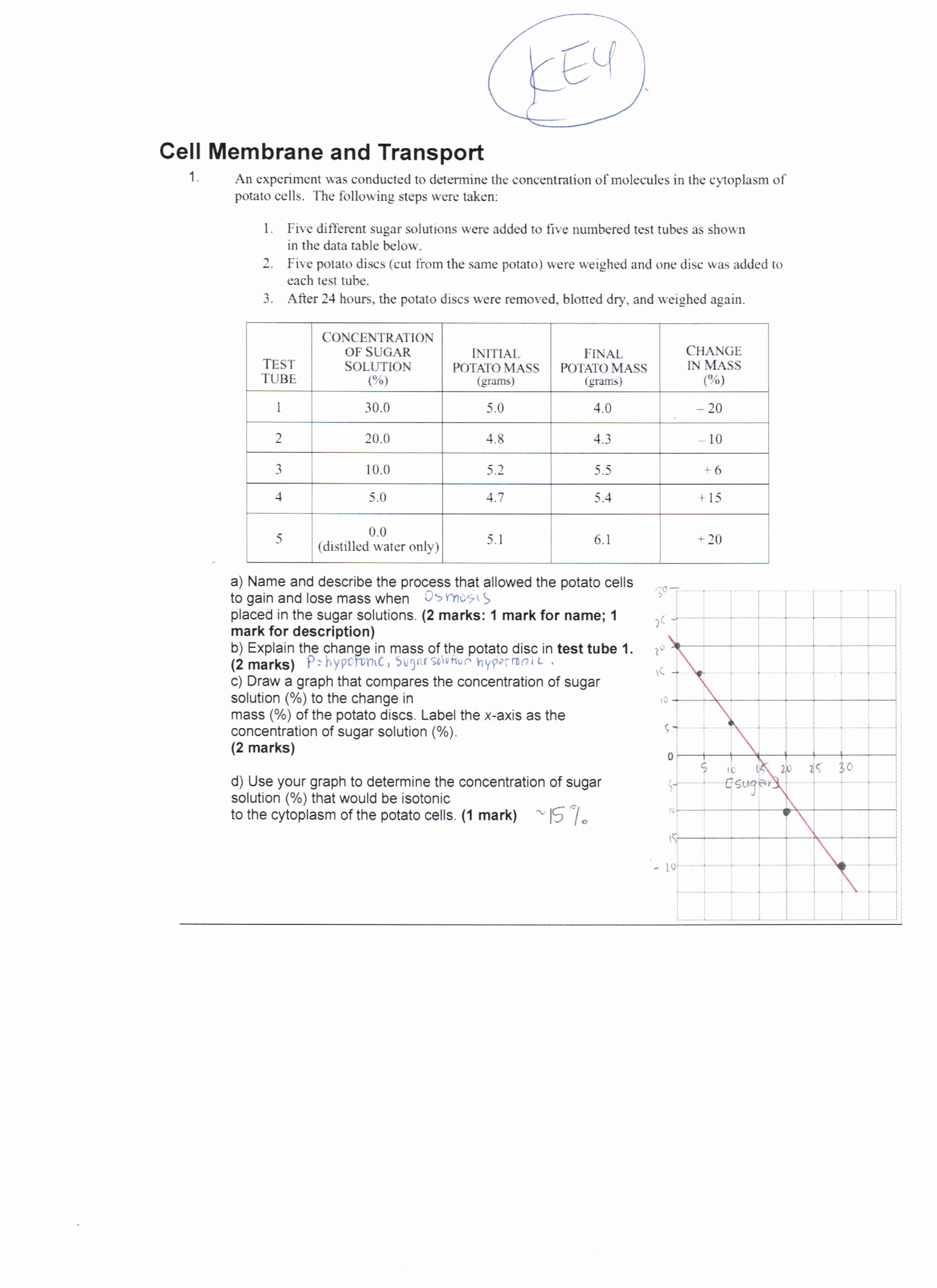
chessmuseum.org
Free Cellular Transport And The Cell Cycle Worksheet Answers, Download

worksheets.clipart-library.com
cellular transport worksheet answers – e street light. Practice types of cellular transport worksheet answers. cellular transport worksheet answers – e street light